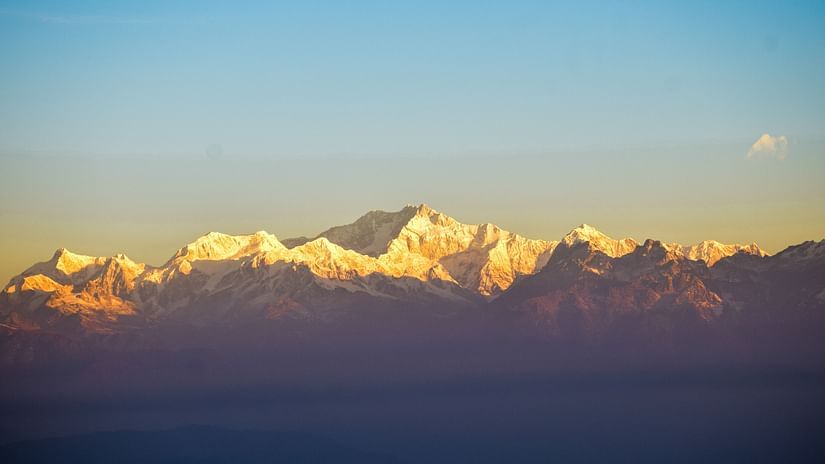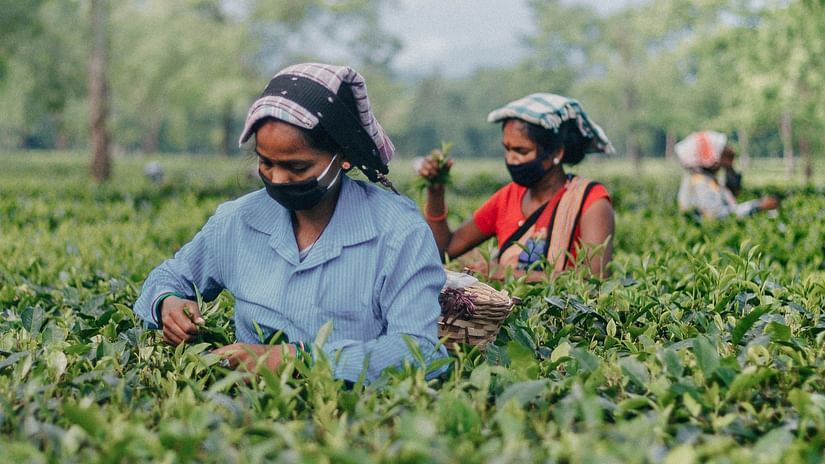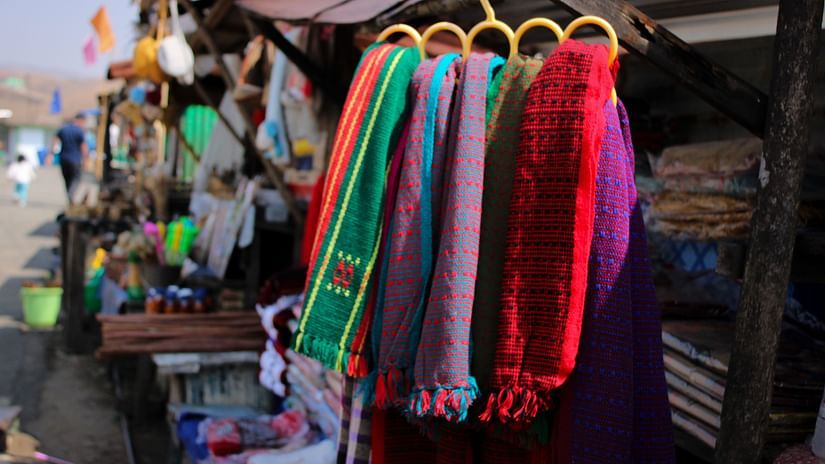History
The name 'Darjeeling' came from the Tibetan words, 'dorje' meaning thunderbolt (originally the sceptre of Indra) and 'ling' a place or land, hence 'the land of the thunderbolt'. It is internationally renowned as a tourist destination along with its tea industry and the Darjeeling Himalayan Railway, a UNESCO world heritage site. The development of the town dates back to the mid-19th century when the British set up a sanatorium and a military depot. Subsequently, extensive tea plantation was done Captain Herbert, the Deputy Surveyor General, was sent to Darjeeling to examine the area. The Court of Directors of the British East India Company approved the project. General Lloyd was given the responsibility to negotiate a lease of the area from the Chogyal of Sikkim. The lease as per the Deed of Grant was granted on 1 February 1835.
Tourism has also seen a growth in equivalent proportions. The majestic sight of Kanchenjunga with snow-covered peaks and tall coniferous trees abound in Darjeeling and the chill climate mingled with these sights is unforgettable. It is the aura of this hill station that draws you mysteriously again and again. No wonder in India it has been called the Queen of all the hill stations. British architecture and the mall roads with the tall heritage clock tower draw you back into medieval history. Today Darjeeling is visited with above 1 lac inbound foreign tourists and 3 lacs domestic tourists annually. The tourists are spellbound by the virgin greenery still visible in this part of the Himalayas. Darjeeling Himalayan Railway, the highest railway station in the world has been accorded a UNESCO World Heritage site, another major tourist attraction more internationally than domestically. The upper Darjeeling abounds in rich flora like rhododendrons, magnolias, orchids etc. About six hundred different species of birds inhabit the forests. Darjeeling is blessed with extreme natural beauty. A place you just cannot afford to miss.
Climate
Darjeeling Climate is a temperate climate. The average maximum and minimum temperatures are only slightly above those of London, England. The rainy season extends from mid-June to late September. Winter tends to be dry and snow falls rarely.
Places of Interest

Tiger Hill
Tiger Hill is the highest point in the area which provides the most exotic view of the snow-capped peaks. From this place, the peaks of the eastern Himalayas can be seen which is a rewarding experience.

Ghoom Monastery
The Monastery has a very beautiful statue of the martyr Buddha (Prospective Buddha). The monastery has also preserved some of the rare handwritten Buddhist manuscripts.

Happy Valley Tea Estate
Here the tea from the gardens is processed. Entry is only allowed to persons having permission from any officer of the estate.

Pashupati Market
It is a market place on the border of Nepal and India where foreign goods are sold at very cheap prices. A haven for shoppers.